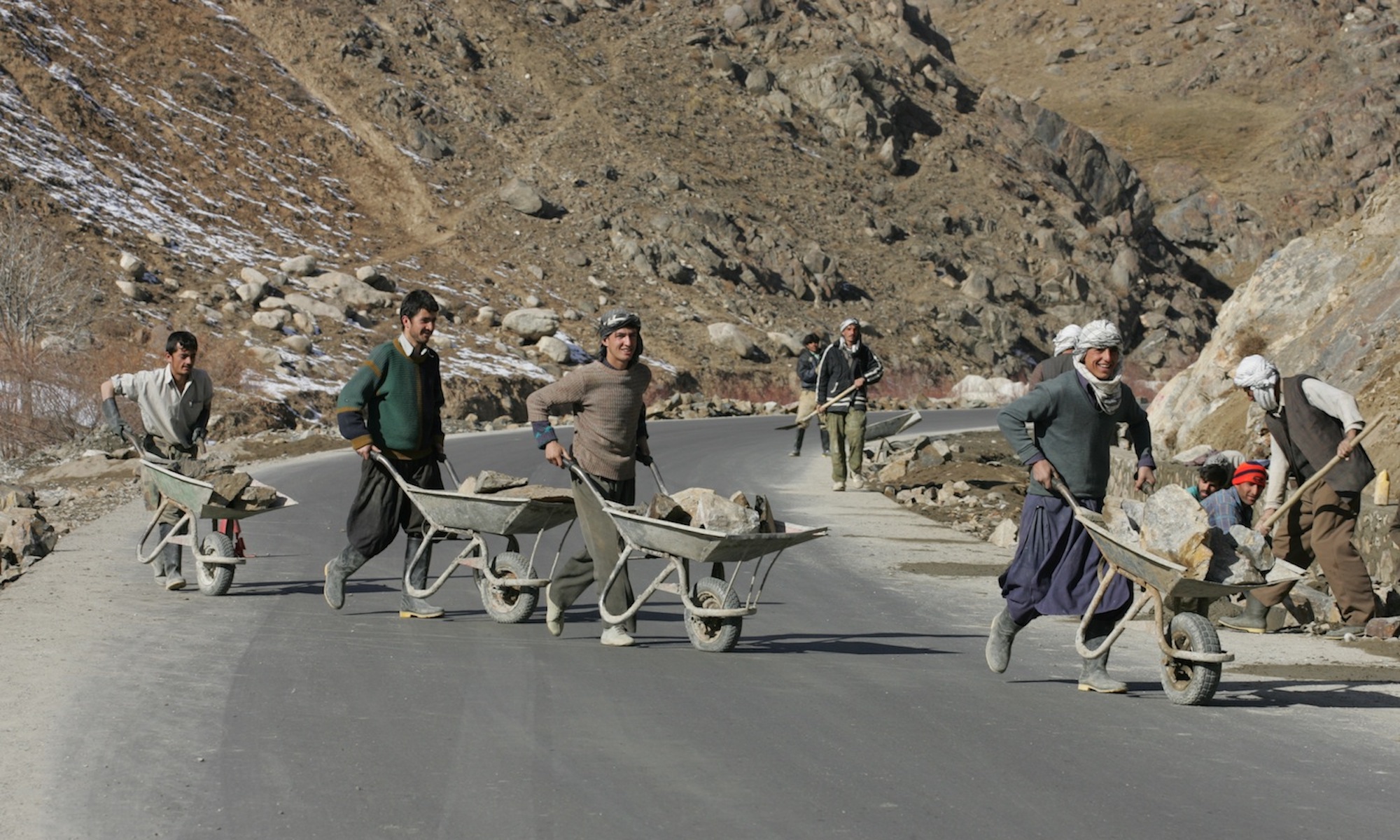In the last decade of the 20th century 43 countries have been considered as countries emerging from violent conflicts. Most of them were affected by intra-state wars and civil wars, and most of these belong to the category of the poorest (“less developed countries” according to criteria of the Organisation for Economic Cooperation and Development (OECD). An extraordinary high percentage was located in the African continent. The international community pledged more than one hundred billion dollars in aid to war-torn societies. These were designed to build up infrastructure, to persuade formerly warring parties to resolve conflict in a non-violent way and to contribute to economic development and participatory governance. Experts and political actors have stated that international agencies often used too narrowminded a concept in the past, reducing their activities to technical reconstruction after the end of violent conflict. A broader conceptualisation is needed to support the difficult long-term process of transformation from war to peace. This chapter gives an overview of the variety of tasks required to make post-conflict recovery successful in the sense of preventing further conflict and some tensions and dilemmas are identified and discussed.

INSCT Postconflict Research Database
The Institute for National Security and Counterterrorism's Postconflict Research Database & Analysis Project stores cross-indexed bibliographic information on hundreds of journal articles, books, book chapters, and case reports that address the broad, interdisciplinary fields of postconflict reconstruction, stabilization, and peacebuilding.
44 Replies to “Recovering From Violent Conflict: Regeneration and (Re-)Integration as Elements of Peacebuilding”
Comments are closed.